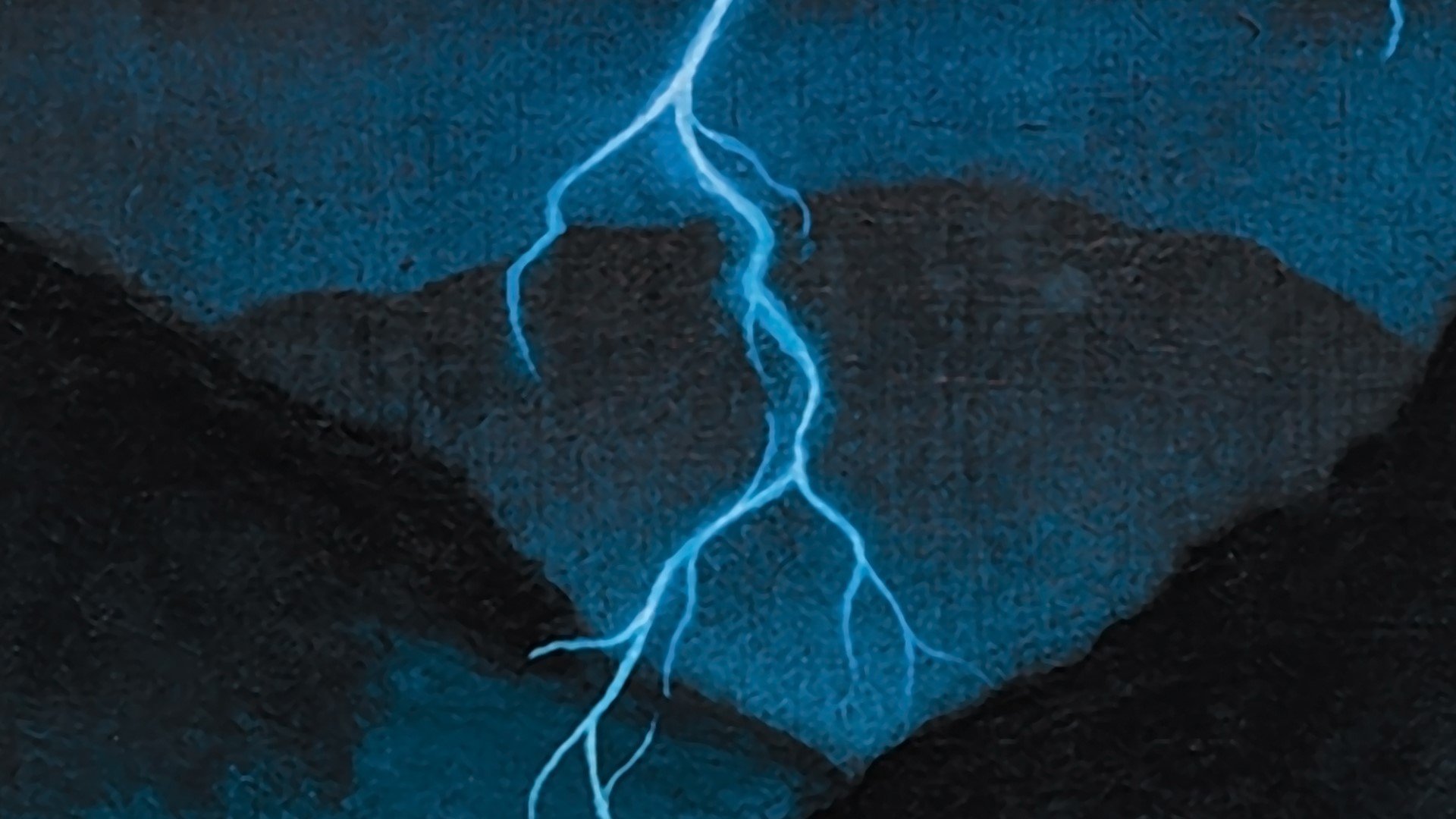The DnD spell Lightning Bolt 5e gives you a little of the power of Thor. Alright, you may not get any special help lifting heavy hammers, but you’ll have the power of lightning ready at your fingertips. Few things can be more satisfying than seeing a line of enemies eviscerated by crackling electricity.
D&D publisher Wizards of the Coast has given the world’s biggest tabletop RPG plenty of spellcasting and combat options, but Lightning Bolt 5e is still one of our favourite combinations of both. Mages can join the offensive without so much as lifting a sword – and they can deal decent damage, to boot.
If you’re considering adding Lightning Bolt to your character’s list of 5e spells, this guide is here to help. It covers how to cast the spell, who can cast it, and how you might want to consider using it (spoiler alert: we think you should use it to electrocute baddies). All of this will help you cast a shockingly good spell (pun absolutely intended).
Here’s everything you need to know about DnD Lightning Bolt 5e:
Lightning Bolt 5e features
| Level | Third |
| Casting time | One action |
| Duration | Instantaneous |
| Range / Area | Self (100ft long, 5ft wide) |
| Attack / Save | Dexterity save |
| School | Evocation |
How to cast Lightning Bolt 5e
This spell requires verbal, somatic, and material components. Your material components are some fur and a rod of amber, crystal, or glass, and some wavy hand gestures and magic words will cover the two remaining requirements. Once you’ve prepared these components, you can cast a stroke of lightning, 100 feet wide and five feet long, that shoots in any direction you want.
Any creatures caught in this beam of electricity must pass a Dexterity saving throw. They take 8d6 lightning damage on a failed save, and they still take half if they pass. On top of this, anything flammable that’s caught in the lightning’s path ignites if it’s not being worn or carried.
While this is a third-level spell, you can use higher spell slots to increase Lightning Bolt’s damage. Damage increases by 1d6 for every slot used above third. For example, a sixth-level Lightning Bolt deals 11d6 – now that’s striking.
Who can cast Lightning Bolt 5e
Lightning Bolt 5e is a natural choice for Sorcerers and Wizards. A Druid can learn Lightning Bolt too, but they must choose the Circle of the Land (Mountain) subclass and wait until they’re at level five. A Fathomless Warlock can also access this spell at fifth level, and an Armorer Artificer learns it at ninth level.
Because this is a Wizard spell, the Eldritch Knight Fighter and Arcane Trickster Rogue subclasses can learn the spell at level 13. Lore Bards, who can learn any spell they want as long as they can cast it from sixth level onwards, will also be able to pick Lightning Bolt up.
Pros and cons of Lightning Bolt 5e
Lightning Bolt is a solid damage-dealer for any spellcaster. Like Fireball 5e, this is a low-cost way to join the offensive if you’re not particularly skilled at swinging a sword. Like Fireball, this is also an easy way to deal friendly fire damage to your party, so choose the direction of your lightning magic wisely.
Let’s compare these two a little further to understand the pros and cons of Lightning Bolt. Lightning Bolt is a better option for range – after all, it can shoot as far as 100ft (though your DM may decide to limit this if they think a non-flammable object like a wall would block the blast).
However, Fireball is perhaps the better option for damaging multiple enemies at once. It’s got a wider area of effect, and it’s not super likely that all your foes will be standing in a straight, five-foot-wide line.
Source: Wargamer







